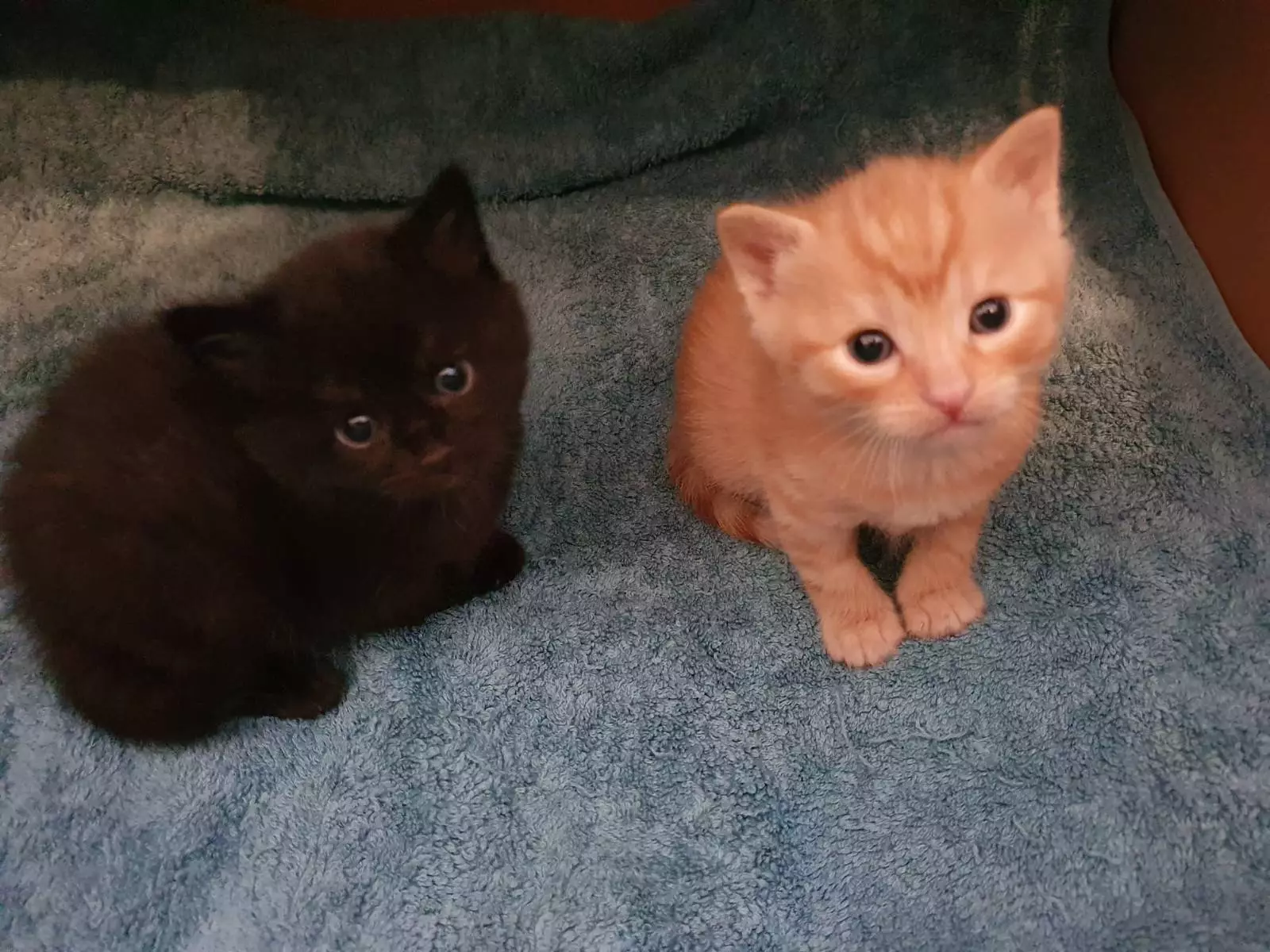Every year, February 28th marks a significant occasion in the pet-loving community: World Spay Day. This international initiative serves as a vital reminder for cat owners about the numerous benefits of spaying and neutering their feline friends. While many people may not realize the extent of these benefits, they range from improved health for individual cats to a broader reduction in the overall homeless pet population. With millions of cats un-neutered in the UK alone, raising awareness and dispelling misconceptions about these surgical procedures is crucial for both animal welfare and public health.
The Health Benefits: More Than Just Prevention
Veterinary professionals, including PDSA Vet Nurse Nina Downing, highlight the overwhelming health advantages for both male and female cats when neutering becomes standard practice. For female cats, spaying significantly lowers the chances of developing grave diseases such as ovarian or uterine cancer and drastically mitigates the risk of pyometra—an infection that can have fatal consequences. These benefits are not merely statistical; they are life-saving measures that contribute to a cat’s longevity and well-being.
On the other hand, male cats also experience notable positive changes after neutering. The procedure typically curtails aggressive behaviors commonly associated with roaming and fighting, thereby reducing their risk of injuries and exposure to diseases like FIV (Feline Immunodeficiency Virus). Furthermore, neutering addresses problematic behaviors such as indoor spraying, which can disrupt a household and affect the human-animal bond.
Myths vs. Reality: Debunking Common Misconceptions
Despite these clear benefits, the PDSA Animal Wellbeing (PAW) Report reveals a concerning trend: over 1.2 million cats remain un-neutered in the UK. Much of this can be attributed to persistent myths surrounding the procedure.
One prevalent myth suggests that a female cat must experience a heat cycle before being spayed. This notion is utterly false; in reality, a cat can be safely spayed from just four months old—long before she enters her first heat. Another common misconception is the belief that female cats should have a litter first. This perspective overlooks the fact that there are no emotional benefits tied to a cat’s reproductive history; spaying at a young age is the most effective way to protect her health.
Moreover, many owners mistakenly believe invasive surgeries aren’t necessary. In actuality, neutering is a commonplace, swift procedure conducted by veterinarians daily. For instance, removing a female cat’s ovaries and uterus typically takes about 20 minutes, whereas neutering a male cat can take under 10 minutes. Pain relief is also administered to ensure a comfortable recovery, and most cats can return home on the same day of the procedure.
Finally, the misguided belief that indoor cats are safe from unintended pregnancies contributes to the un-neutered population. Cats are remarkably resourceful creatures, often finding ways to escape or accept visitors, especially during mating periods. Thus, even indoor cats face significant risks if left unaltered.
The Role of Organizations in Promoting Welfare
Organizations like PDSA play a pivotal role in making neutering accessible to pet owners across the UK. As the largest vet charity in the region, PDSA provides essential veterinary services for pets whose owners may struggle to afford treatments. This commitment to animal welfare is commendable, highlighting the crucial need for accessible healthcare for vulnerable pets.
With about 24% of adults in the UK owning cats, the necessity for neutering cannot be stressed enough. With 11.1 million pet cats residing in the country and over 1.2 million still un-neutered, the challenge is clear. We must galvanize communities to take action by educating cat owners about the numerous benefits of spaying and neutering while dispelling prevalent myths that discourage responsible pet ownership.
The stakes are high, and the responsibility falls on each of us to advocate for the health and well-being of cats in our communities. By making informed decisions, we can dramatically improve the lives of countless felines and contribute positively to the landscape of pet ownership in the UK.


Leave a Reply